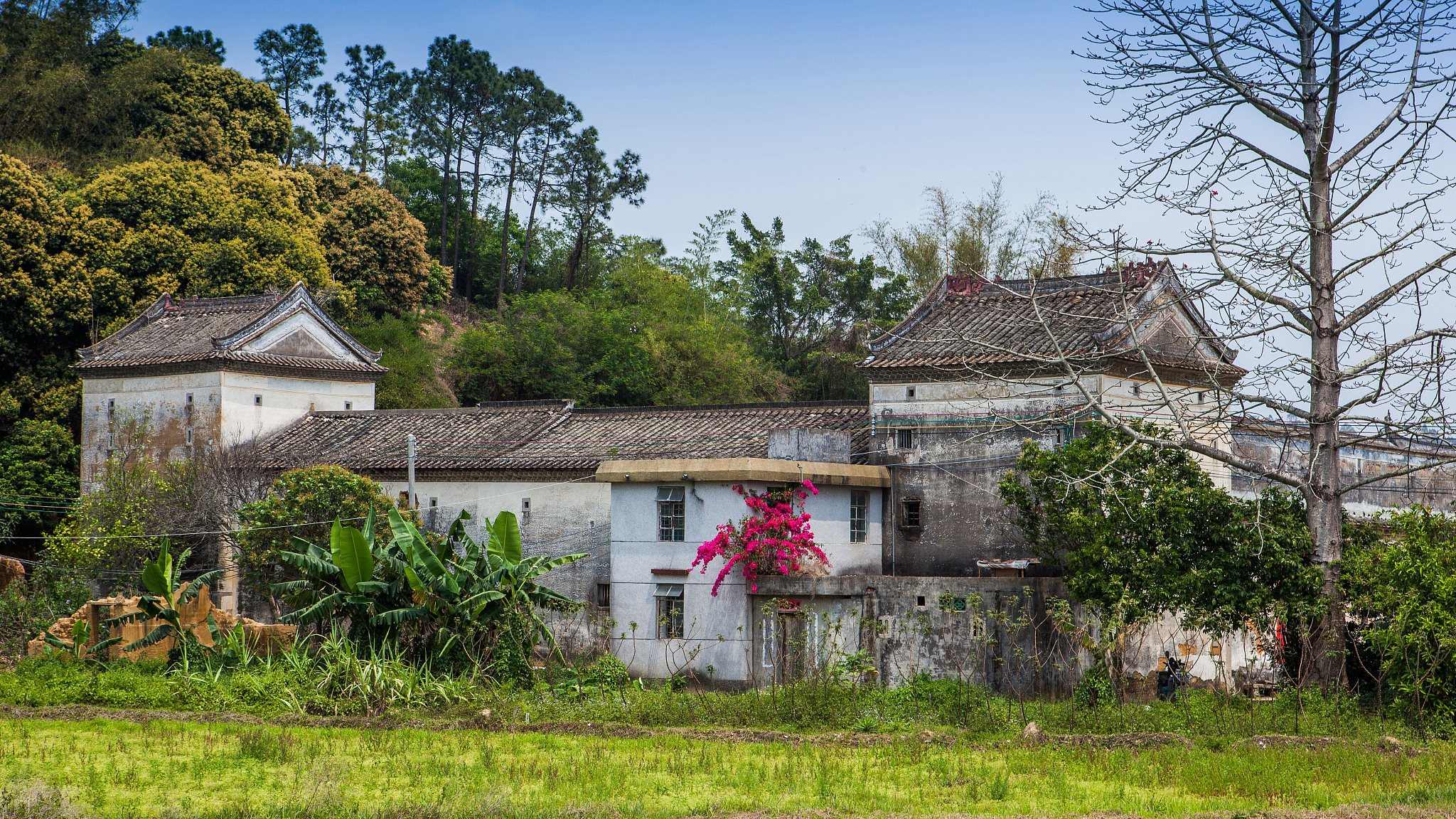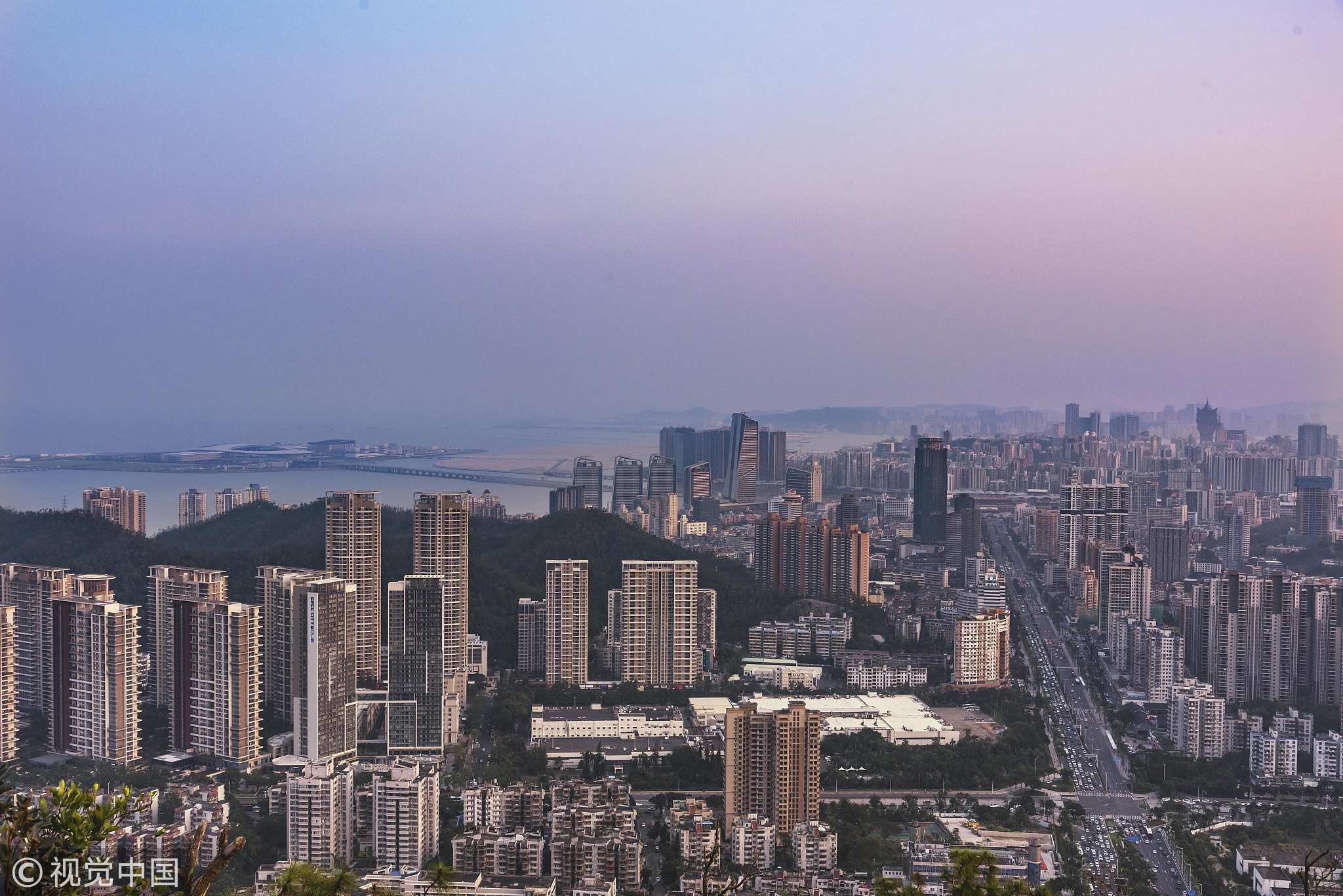
Opinions
17:33, 16-Oct-2018
Opinion: Closing the rural-urban gap in China – can it be done?
Updated
17:30, 19-Oct-2018
Hannah Ryder

Editor's note: Hannah Ryder is the CEO of Development Reimagined, an international development consultancy based in Beijing. The article reflects the author's opinions, and not necessarily the views of CGTN.
During my time in China, I've sat in on various training sessions for African government officials provided by Chinese authorities. One question I remember being raised in one of these sessions was how exactly China defined "urban" versus "rural". You see, the African officials had just come back from a field visit to poor Chinese villages.
But what they observed in those so-called "villages" was unexpected. They saw narrow-yet paved roads, small houses and community centers built by brick, with solar water heaters on roofs and… This was not what they recognized as "villages" back home.
Indeed, it highlighted how far China has come compared to many others. China is just one of over 70 countries who have halved poverty rates from 1990 to 2015 – but the scale and the speed of China's progress are comparably larger.
As a result, over 75 percent of global poverty reduction to date has taken place in China[1], while in Sub-Saharan Africa, the number of extremely poor people actually increased from 290 million in 1990 to 396 million by 2015, driven by fast-growing populations. Now, most of the world's poor remain in Sub-Saharan Africa.
But anyone actually living in China will know that despite the progress, the comparably better infrastructure in Chinese versus African villages, differences in life between rural and urban areas in China are stark. By 2030, 70 percent of China's population is expected to live in cities – that's about 1 billion people. Those "left behind" in the countryside – aside from the large farm owners – already tend to be the elderly and young, pre-school age children.

Pingdongkou Village in Yinjiang Tujia Autonomous County in China's southern Guizhou Province on the morning of August 29, 2018. /VCG Photo
Pingdongkou Village in Yinjiang Tujia Autonomous County in China's southern Guizhou Province on the morning of August 29, 2018. /VCG Photo
These people don't just have lower incomes – estimated in 2012 to be just 33 percent of incomes in cities – but they also suffer other inequalities, for example in respect to education and health. While China now has in principle "universal healthcare" for everyone, especially due to the introduction of a scheme called the New Rural Cooperative Medicare, many people in rural areas simply don't access the system at all.
Compounding this, quantity and quality measures such as the disparity in the number of hospital beds per 1000 people has increased significantly between 2004 and 2014. Similarly, with regards to education, while attending school in China free and compulsory from the age of six, lack of educational facilities in rural areas for younger children means they are disadvantaged from a very early stage. As a result, children in rural areas are less likely to complete school and/or go to university.
A recent IMF paper has suggested that urbanization has played a key role contributing to overall rising inequality in China. Latest data suggests that China's Gini coefficient - a cross-country metric used to measure inequality – is somewhere between 47.3 and 50. While this is a reduction since 2008, China's inequality remains the highest in Asia.
The same paper suggests that while China is well on track to cut extreme poverty in the country to zero by 2020 - a whopping 10 years earlier than a UN target set for all countries around the world in 2015 - rural-urban gaps could make life relatively much worse for hundreds of people in China.

Zhuhai, China's southern Guangdong Province, October 6, 2018. /VCG Photo
Zhuhai, China's southern Guangdong Province, October 6, 2018. /VCG Photo
So what to do? The IMF paper notes that income tax adjustments, minimum wage policies, financial inclusion policies, pro-farmer policies have all statistically been helpful measures to date to reduce rural-urban gaps in China and beyond.
Going forward, the authors suggest more of the same but with more vigor. For instance, increasing taxes on property and wealth – which tend to be concentrated in cities; spending more on health and education – especially pre-school – to increase access and quality of such services across the country; spending more on pensions for the elderly, many of whom are in rural areas; as well as adjusting a unique Chinese policy known as "hukou" which restricts people from rural areas or smaller cities from accessing services in larger cities.
While hukou might at first glance sound like a logical means to discourage people from moving to urban areas, the actual impact tends to create large pockets of urban poverty, and reduce the income that those who move to cities can send back to extended families in the countryside. Indeed, offering financial incentives to return to rural areas may be more effective – some well-educated young people are increasingly interested in escaping traffic congestion and environmental pollution in big cities.
Chinese villages these days may less and less resemble poor African villages, but they also less and less resemble life in China's cities. The UN has made clear this does not count as progress. All UN sustainable development goals now have to be met not just by entire countries but also by specific parts of the population – such as the poorest 10 percent, or the youngest, or the disabled, so as to put a brake on inequality. Whether in the countryside or the city, let's not leave anyone behind.
[1] China's 2013 UN Millennium Development Goals report - available at http://www.cn.undp.org/content/china/en/home/library/mdg/mdgs-report-2013/
(If you want to contribute, please contact us at opinions@cgtn.com.)

SITEMAP
Copyright © 2018 CGTN. Beijing ICP prepared NO.16065310-3
Copyright © 2018 CGTN. Beijing ICP prepared NO.16065310-3